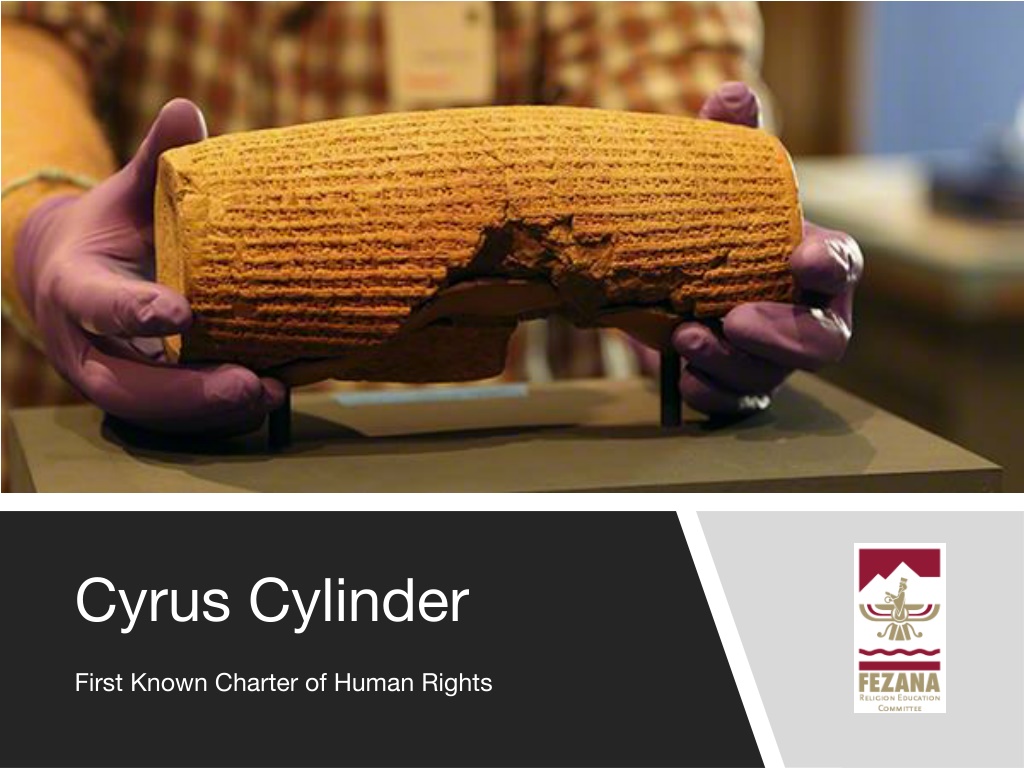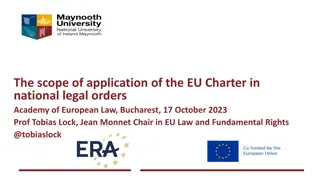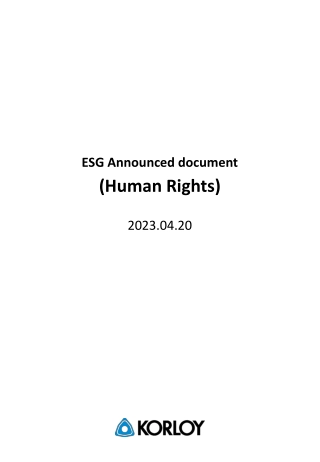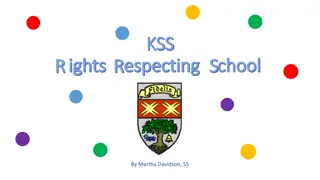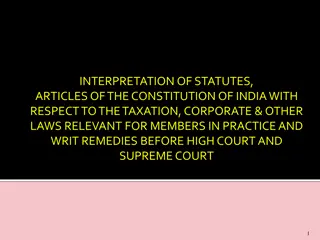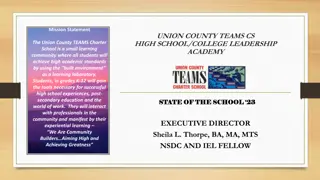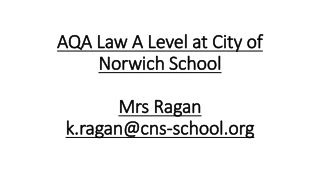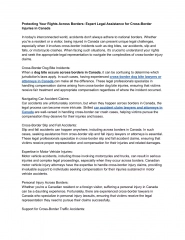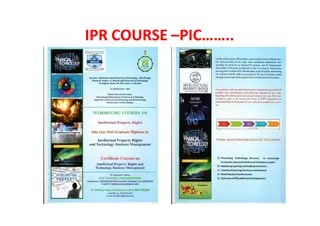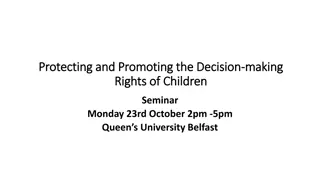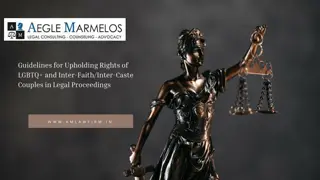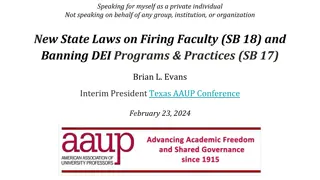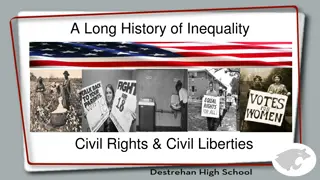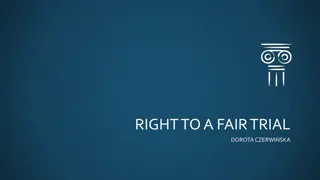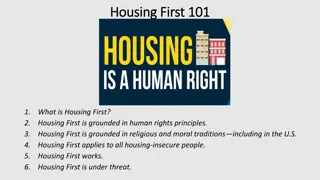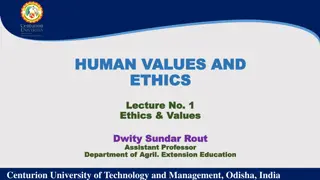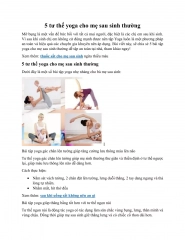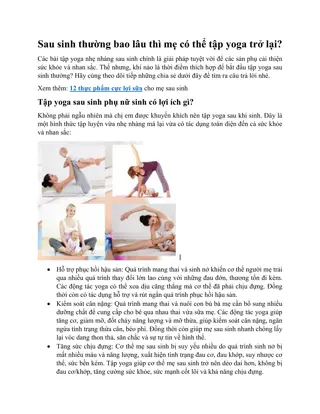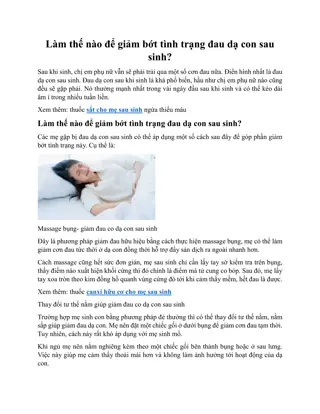The Legacy of the Cyrus Cylinder: First Charter of Human Rights
The Cyrus Cylinder is recognized as the first charter of human rights, influencing principles like freedom of religion and racial equality. This historical artifact documents Cyrus the Great's conquest of Babylon and his progressive deeds. Key components include freeing slaves, restoring temples, and promoting peace, aligning with Zoroastrian beliefs of freedom, tolerance, and improving the world.
The Legacy of the Cyrus Cylinder: First Charter of Human Rights
PowerPoint presentation about 'The Legacy of the Cyrus Cylinder: First Charter of Human Rights'. This presentation describes the topic on The Cyrus Cylinder is recognized as the first charter of human rights, influencing principles like freedom of religion and racial equality. This historical artifact documents Cyrus the Great's conquest of Babylon and his progressive deeds. Key components include freeing slaves, restoring temples, and promoting peace, aligning with Zoroastrian beliefs of freedom, tolerance, and improving the world.. Download this presentation absolutely free.
Presentation Transcript
Cyrus Cylinder First Known Charter of Human Rights
What do I know about this?
First Column Second Column Things I would like to know about the Cyrus Cylinder Third Column Things I have learned about the Cyrus Cylinder Things I know about the Cyrus Cylinder My Learning Guide Fill out the first and second columns
What are Human Rights? https://www.humanrights.com/wh at-are-human-rights/brief-history/
What is the Cyrus Cylinder Recognized as the first charter of human rights. Some freedom declarations were directly or indirectly influenced by Cyrus Cylinder. Freedom of religion, racial equality, no slavery- parallel to the first four articles of UN Human Bill of Rights Cyrus Cylinder is a historical record of Cyrus conquest of Babylon and his deeds following the conquest. It was found in March 1879 as a foundation under the wall of Esagila Marduk Temple in Babylon (today s Iraq) during Assyro- British archaeologist Hormuz Rassam s excavation. It is written in Cuneiform script and Akkadian language. One third of the cylinder is still missing. It is translated to all 6 official languages of the United Nations.
Translation of Cyrus Cylinder: http://www.irancham ber.com/history/cyru s/cyrus_charter.php
Key Components Marduk chooses and gives Cyrus the right to rule, and Cyrus asks for his blessings. Enters the city without bloodshed Cyrus names his lineage He frees the slaves Rebuilds and returns the gods to their appropriate temples People are free to return to their original land Brings peace Restores the great wall of Babylon Improves the buildings and the city
October 29, 539 BCE Day honoring Cyrus (How are his actions parallel to Zoroastrian beliefs?) Liberator: Freed slaves to return to their homeland or anywhere they wished. Freedom to choose Tolerance: Showed great respect to Babylonian god, Marduk. Built temples for different gods important to the people of the areas so everyone could worship as they wished. Freedom of belief and religious practices Spenta Mainyu: Improved the conquered city instead of destroying. Did not kill noble captives but at times gave them important posts. Improving the living world for all
Both links show the same video. https://www.khanacademy.org/humanities/ancient-art- civilizations/ancient-near-east1/persian/v/cyrus-cylinder https://www.youtube.com/watch?v=iokGgmrOj4Q
Cyrus the Great gets A+ in Everything Babylonians- The liberator Bible- Messiah (the anointed one) Isaiah 45 Xenophon- ideal leader
Complete the third column The activity has been adopted from https://education.asianart.org First Column Second Column Third Column Things I would like to know about the Cyrus Cylinder Things I have learned about the Cyrus Cylinder Things I know about the Cyrus Cylinder
Pick a partner and write down three important things you learned from the Cyrus Cylinder. Three things We ve learned from the Cyrus Cylinder 1 2 3
Cyrus and Zarathushtra Taking into account what we have learned from Cyrus, write three things that associate Cyrus deeds with Zarathushtra s teachings. Are they the same as the three most important things you learned from the Cyrus Cylinder? Glue them on the poster. 1. 2. 3.
In your opinion what are the qualities of a good leader? If we had a class leader, what qualities would he/she have? Do we have benevolent leaders today? What can our leaders learn from Cyrus?
Song 16-16 (Yasna 44-16) Oh Mazda, show me the wise and soul healing leader who is brave and victorious and can protect your teachings. Please give the gift of good mind and clear insight to this leader and other good people.
